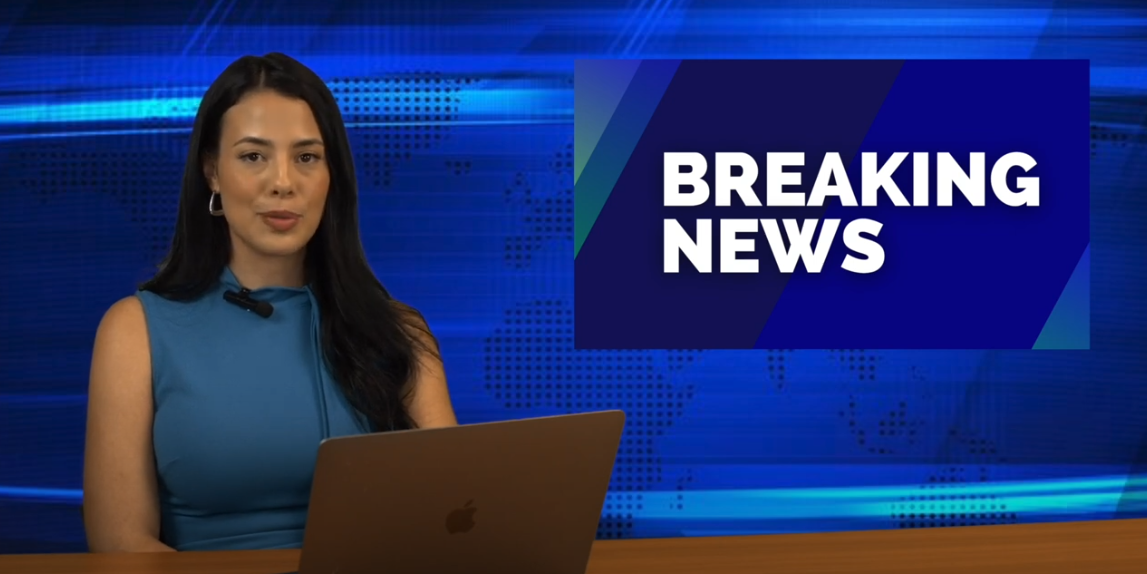While the releases of nearly 3,000 cubic feet per second from Lake Okeechobee into the Caloosahatchee River has been harming Southwest Florida’s economy, tourism and environment, the biggest effect is felt by marine life.
“When you put fresh water in an estuary — particularly when it’s large quantities at weird times of the year — even if the water was perfectly clean, it’s still a pollutant,” said Win Everham, an FGCU environmental studies professor.
Okeechobee, a 451,000-acre lake in central Florida, is held to a defined border by the Herbert Hoover Dike, which gives a defined shape from its naturally expanding boundaries. The dike, which was constructed in the 1930s, is no longer stable enough to hold high levels of water.
In January, record-high rains rose the expected water levels in Lake O, which forced the U.S. Army Corps of Engineers to begin releasing water from the lake into the Caloosahatchee and St. Lucie rivers to ease pressure on the dike. The USACE manages the lake at around 12.5 to 15.5 feet of water with a 100 percent rate of failure at 21 feet. The recent water levels have fluctuated to nearly 16 feet.
Because of the mass amounts of fresh water being released into estuaries, marine life is suffering.

“My friend, Mike Owen, has this analogy that he calls the goldilocks rule for ecology,” Everham said. “Almost every living thing — along almost any measured characteristic in their environment — there’s a place they like to be, and there’s a place that has too little and a place that has too much.”
For the Southwest Florida estuaries, the goldilocks rule is the water’s salinity, which is not high enough.
According to Everham, most of the freshwater in Florida is influenced by secondary compounds, such as tannins, which make the water darker and can block out sunlight and hinder photosynthesis for vegetation, such as seagrass that grows below the surface.
“Two things happen when plants synthesize: the plants pull carbon dioxide out of the environment, and they make plant tissue,” Everham said. “That plant tissue is for organisms to eat and to hide in. So, if they’re not photosynthesizing, they’re losing habitat, and they’re losing food.”
A waste product in the photosynthesis process is oxygen, which other marine life depends on to survive.
“If you get rid of all the plants that are making oxygen, oxygen levels go down,” Everham said. “If they get too low, you see things dying because they can’t breathe.”
But, the issue isn’t just in the water; it’s in the timing.
“Plants and animals can adjust to the weird things that happen on a regular basis,” Everham said. “If you get a big flood of freshwater every June, the plants and animals will adjust to that, but if you get it in January, they’re saying, ‘Wow, what’s going on? It’s the dry season?’ — assuming that plants and animals could talk to each other.”
The average January rainfall in Fort Myers is 1.93 inches. This year, the City of Palms faced 12.9 inches, according to a U.S. Climate Data report.
Fishermen are also noticing the effects on the clarity of the water and the abundance of fish.

“Our fisheries and marine ecosystem has, in long-term, declined because of the situation,” said boat charter captain Daniel Andrews, who is also one of the main voices in the nonprofit Captains for Clean Water organization. “It can supercharge an already present red tide, which is basically a neurotoxin for the marine life.”
Red tide, which is the common name for algae blooms, is caused by microscopic algae that produce toxins that kill fish and make shellfish dangerous to eat. As the name would suggest, this occurrence gives the water a reddish color.
“This used to be the best fishing around,” Andrews said. “It’s nothing like it was 15 to 18 years ago. We hear stories from our older fishing guys, and they say how great it was 20 years before that. It’s obvious there that our fisheries are in a decline.”
Andrews has seen a noticeable difference in the oyster reefs, which are supposed to have noticeably cleaner water present.
“When I was a kid, all these oyster bars were very healthy, and there were big, expansive grass beds all through the area,” Andrews said.
Eastern Oysters are filter feeders, able to clean large bodies of water relatively quickly, while their reef structures serve as refuge for hundreds of other species including juvenile fish.
Because of the damage, it’s suggested that we could see the lasting of effects of this spring’s releases in future fish populations years from now.
“If you lose a lot of young fish, in a game species, then we might find a depressed population of these game species 10 to 15 years from now,” Everham said. “So, when they ask, ‘Why aren’t there more snook? Why aren’t there more redfish?’ the answer might be because of that horrible release we had in 2016.”
There is also potential for rises in exotic species, which can diminish native species.
“There are some species that do better in nutrient-rich water — which interestingly enough, are fast-growing, exotic species,” Everham said. “So, if you put too many nutrients into a system, you could see an abundance of exotics, which depresses the native plants and animals.”
Despite all the odds against the marine life in this complex problem, Everham has faith in the resilience of nature.
“Life will always find a way,” Everham said. “I so often worry that when we focus on the bad stuff that’s happening instead of motivating people to invoke change, we push them into despair, and we give up. It’s complicated, and bad stuff is happening. But, we need to search for ‘what can we do?’ and we can’t give up.”


































Wyler • May 26, 2016 at 4:11 pm
These comments are ridiculous?!? These comments are 100% from US Sugar and their supporters. Every single one is from their full 1 page ads in the news papers. They don’t address the problem at hand, and redirect about completely different issues. 207 scientists have shot down everything except sending water south. Wake up people. Please help fix this because I don’t think our estuaries can take another release like this this past February.
Brandie L • May 23, 2016 at 11:47 am
The red tide has happened for years! it is a part of nature!!!
Natalie C. • May 23, 2016 at 1:24 am
agreed Rob.
this ‘red tide’ is really a part of nature. don’t believe the propaganda.
Rob K • May 22, 2016 at 11:36 pm
First off, there is no direct link between the frequency or severity of red tide and the nutrient pollution.
Also, the red tides develop 10-40 miles offshore and have occurred in Florida long before most of us were even born.
Molly P • May 1, 2016 at 8:52 pm
you know what makes the most sense to me? Cleaning the water BEFORE it enters Lake O. The only way to do that is to buy the land up in the North. Most of Lake O water comes from up north anyway.
MarkTFL • Apr 29, 2016 at 8:41 pm
Address the problem at the source – North of the lake. If we control a clean flow into the lake – these problems would be in the past.
Bryce • Apr 29, 2016 at 7:38 pm
We all want cleaner and safer water…and to protect the environment. To do that – if any land is purchased… it should be purchased for storage North of the lake.
Nancy • Apr 29, 2016 at 7:37 pm
In order for us to solve these problems – we need to be able to store the water north of the Lake… as that is where 95% of the water flows from. COMMON SENSE.
Jenna Murphy • Apr 20, 2016 at 10:19 pm
The Red tide has been happening in Florida for a long time. One solution would be to take a look at the 300,000 septic tanks that sit along waterways. Those are most definitely leaking into the water. They found traces of Slepnda in the water!
Pam White • Apr 18, 2016 at 8:27 pm
There is a natural fresh water flow from the north to the south that has always occurred, ever after the feds altered the flow, it always flowed through the east and wet canals whenever it rained a lot. The only thing that is going to help the water flow and cleanliness issues in Florida is to store the water before it enters the lake. That mens water storage in the north. Luckily that is already happening thanks to the $16 billion project that is already underway.
Jenna Murphy • Apr 10, 2016 at 8:35 pm
I agree with Daisy. Also there is no direct link between the frequency or severity of Red tide and nutrient pollution, .
Daisy Eloise Applewhite • Apr 8, 2016 at 3:09 pm
Red tide has been a natural occurrence in Florida since before people settled in the areas around Lake Okeechobee and the Everglades. So is there really a direct link between the red tide and fish-killing pollution? I would look at the nitrogen leaking from septic tanks. The nitrogen feeds the algae growth which in turn reduces the ability of the seagrass to produce oxygen.
Ben Longmont • Apr 7, 2016 at 9:32 pm
This is just the natural flow of water, with seasonal fluctuations that sometimes keep the Everglades too wet and sometimes keep the Everglades to dry. The good news is that this is being taken care of through 62 separate projects to restore the natural water flow through the Florida estuaries. In the next few years the water issues in Florida will be resolved.